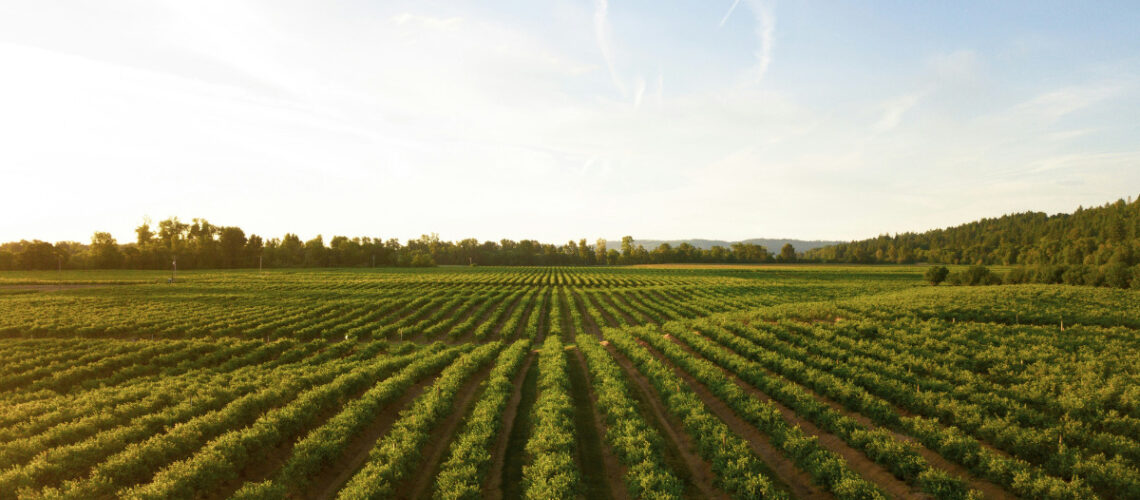Ensuring the quality of water on and around farms is crucial not only for the health of the environment but also for the well-being of the community and the viability of the farm itself. Water pollution from agricultural activities can have devastating effects on ecosystems and public health. Implementing best management practices (BMPs) to protect water quality is therefore essential for any farm operation. Bryan Winquist, an experienced Environmental Health and Safety Manager, emphasizes the importance of these practices in promoting sustainable farming and safeguarding water resources.
Understanding the Impact of Farm Runoff
Water quality issues on farms are often the result of runoff during rainstorms. This runoff can carry nutrients, pesticides, and sediments from farm fields into nearby water bodies. Nutrients such as nitrogen and phosphorus, while beneficial to crops, can lead to eutrophication in lakes and streams, a process that depletes the oxygen in the water and kills aquatic life. Pesticides can be toxic to aquatic organisms and may contaminate drinking water sources. Sediment can cloud water bodies, which harms aquatic habitats and affects water quality.
Soil Conservation Practices
Soil conservation is one of the most effective ways to prevent sediment and associated pollutants from entering waterways. Techniques such as contour farming, terracing, and the use of buffer strips can significantly reduce soil erosion and runoff. Contour farming involves plowing across a slope following its elevation contour lines. These rows form a water break which reduces the formation of gullies that can carry pollutants to water bodies. Terracing, the creation of flat areas on a slope, can also help slow runoff and encourage water infiltration into the soil.
Bryan Winquist advises that maintaining vegetation along streambanks—known as riparian buffers—can be particularly effective. These buffers filter out pollutants before they can enter waterways and provide critical habitat for wildlife. Bryan emphasizes that such buffers are not only beneficial for water quality but also enhance biodiversity on the farm.
Nutrient Management
Effective nutrient management is essential to avoid the overapplication of fertilizers, which is a common source of water pollution. Implementing a nutrient management plan involves testing soil regularly to determine the specific nutrient needs of crops and adjusting fertilizer application accordingly. Precision agriculture technologies, such as GPS-guided sprayers, can help apply fertilizers more efficiently and reduce the likelihood of runoff.
Additionally, cover crops can be planted during off-seasons to absorb unused nutrients. These plants help keep nutrients out of water bodies and improve soil health. Bryan recommends integrating cover crops into crop rotations as a way to naturally improve soil fertility and reduce dependency on synthetic fertilizers.
Pesticide Management
Like fertilizers, the misuse of pesticides can lead to contamination of water sources. Best practices in pesticide management include choosing pesticides that are less toxic and more targeted, timing pesticide application to avoid periods of heavy rain, and using technology to apply chemicals more precisely. Integrating pest management (IPM) strategies, which use a variety of biological, cultural, and chemical methods for controlling pests, can also reduce reliance on chemical pesticides.
Bryan highlights the importance of training farm workers in proper pesticide application techniques. Proper training ensures that pesticides are applied in a manner that minimizes environmental risks while maintaining their effectiveness in pest control.
Water Use Efficiency
Improving water use efficiency is another critical aspect of protecting water quality. Practices such as drip irrigation deliver water directly to the plant roots, significantly reducing runoff and evaporation. This method not only conserves water but also prevents water from carrying pollutants from the soil surface. Bryan points out that water-efficient practices are particularly important in areas prone to drought, where water conservation is essential.
Monitoring and Maintenance
Regular monitoring of water quality on and around the farm can help identify potential issues before they become serious problems. This might involve testing water sources for contaminants, inspecting storage tanks and pipelines for leaks, and assessing the condition of septic systems and other wastewater management facilities. Maintaining these systems is crucial to prevent contaminants from entering water supplies.
Conclusion
The protection of water quality is a vital aspect of sustainable farming that benefits farmers, communities, and the environment. Bryan Winquist understands that through the implementation of best management practices—such as effective soil and nutrient management, careful pesticide use, and efficient water use—farmers can significantly mitigate the impact of their operations on surrounding water bodies. By taking proactive steps to manage the factors contributing to water pollution, farmers not only comply with environmental regulations but also enhance the sustainability and productivity of their agricultural practices. In doing so, they ensure that they can continue to produce healthy crops and livestock while protecting the precious water resources that sustain them.

